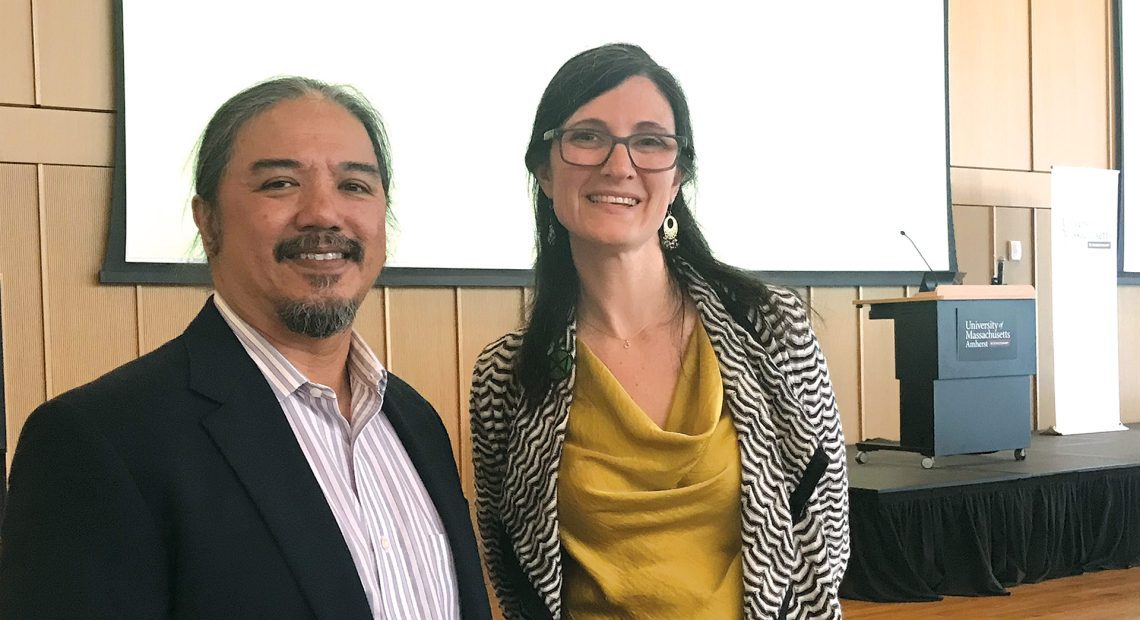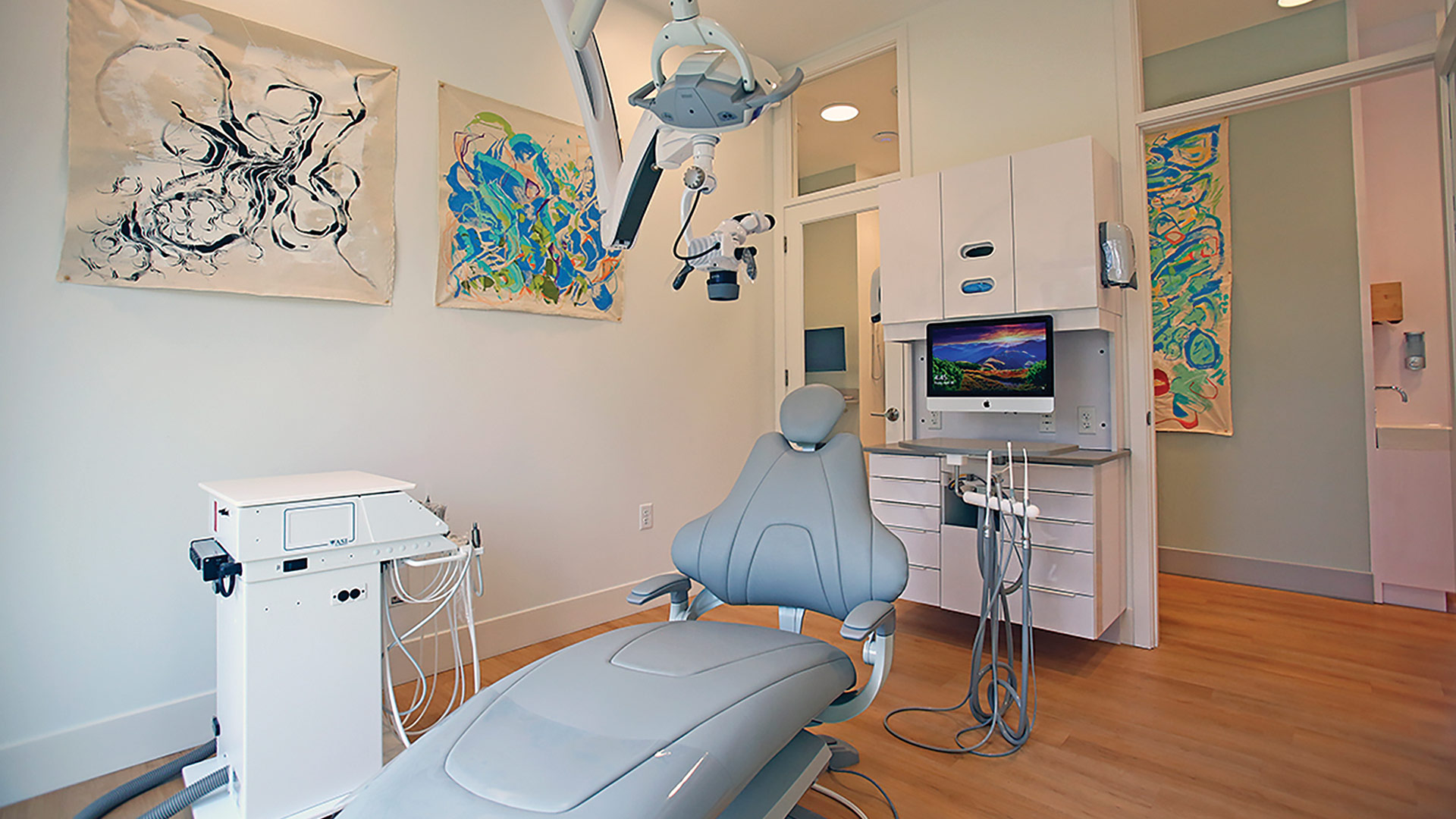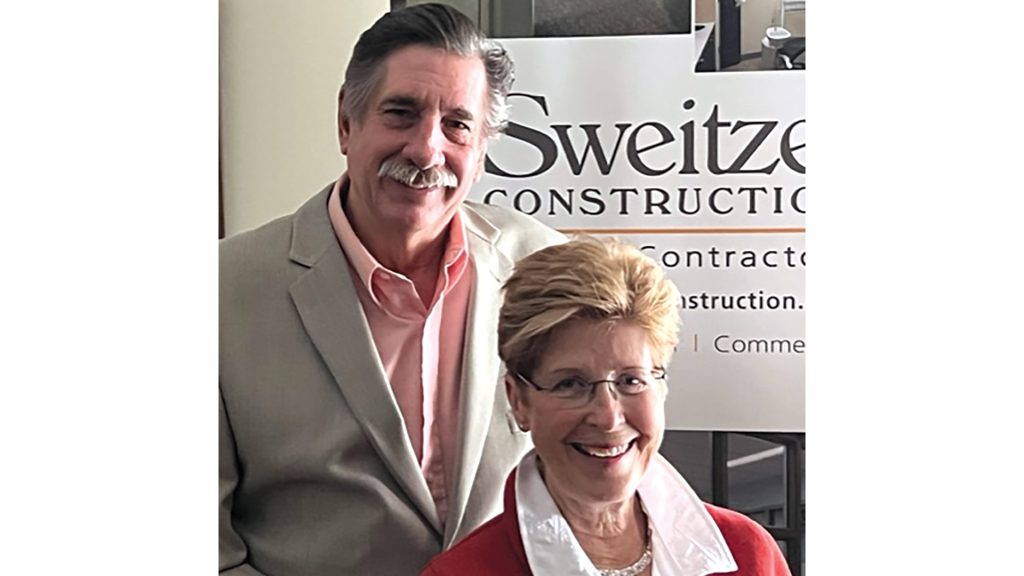And All That Jazz
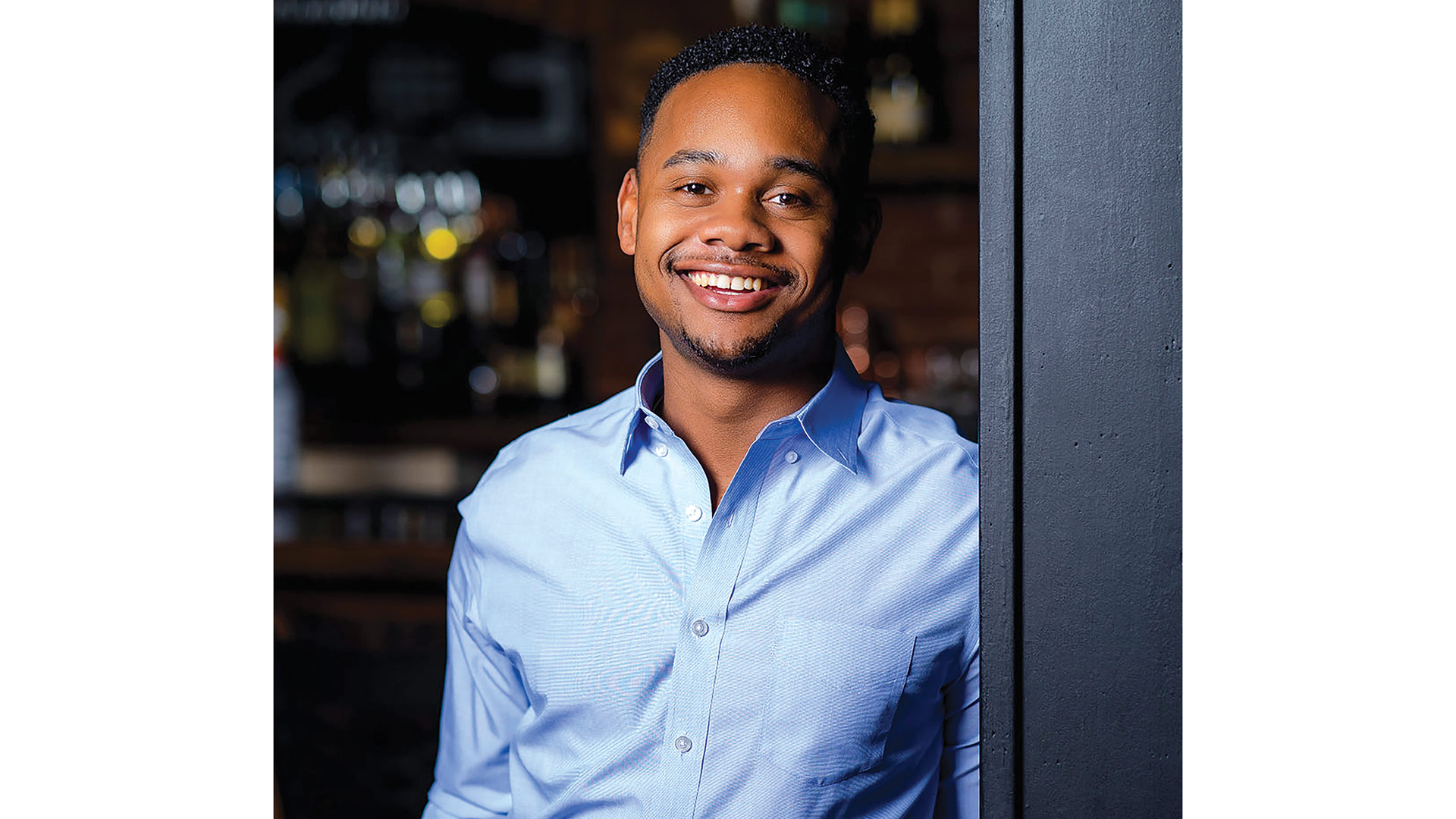
Kenny Lumpkin
Kenny Lumpkin doesn’t like to use that word ‘club’ when it comes to his establishment on Worthington Street, Dewey’s Jazz Lounge. He prefers ‘restaurant, bar, and music venue,’ which really says it all. Those are his passions — in life and now in business. A year after opening, he’s off to a solid start and now looking to make an even greater impact on Springfield’s dining and entertainment scene.
Kenny Lumpkin is the true definition of serial entrepreneur.
Since as long as he can remember, he’s wanted to be in business for himself — and he’s put his name and talents behind many different types of ventures.
One was called Room by Room, an app he developed with a friend that he described as “applying Uber to the cleaning industry — an on-demand way to get your house cleaned.” He eventually sold that venture, took the capital, and segued into real estate, flipping houses, and wholesaling. And while doing that, he also got into consulting, specifically with businesses in the hospitality sector looking for help with marketing, and later, biotech and pharmaceutical consulting, working for a few different firms.
But his real passions — yes, we need the plural here — are music, food, and beverage.
And he and business partner Mark Markarian have brought them all together in an intriguing new venture in the heart of Springfield’s entertainment district, or what many are now calling the Dining District.
“I said to her ‘give me the landlord’s number,’ because this fit the vision; I saw the mezzanine, I saw the elevated stage … I saw some incredible potential.”
It’s called Dewey’s Lounge, with that name chosen to honor Lumpkin’s cousin Dwight ‘Dewey’ Jarrett, who passed away in 2014. It’s been called a club by many, but Lumpkin doesn’t necessarily like that term attached to his establishment. He prefers ‘restaurant, bar, and music venue,’ with ‘restaurant coming first for a reason.
Opened almost a year ago, Dewey’s was obviously conceived and launched before and then during the pandemic, although Lumpkin admits that he’s been working on bringing this concept from the drawing board to reality for many years now. And since it is a product of the pandemic, the business plan for Dewey’s has been revised … well, Lumpkin doesn’t know how many times.
“Maybe 15 or 20 times — I’ve lost track,” he said, adding that many things have changed since the original plans were put down, including (and especially) the location.
Indeed, the original site was on Main Street, the former JT’s tavern. Lumpkin and Markarian had signed a letter of intent and were primed to get started when COVID arrived in March of 2020. The partners quickly put those plans on the shelf for what would be more than a year, but in many respects, the pandemic was somewhat of a blessing.
“I look back on it now, and while it was frustrating in the moment, it was extremely beneficial,” he recalled. “It allowed us to really dig deeper, develop the plan in more detail, and look at other locations.”
But what really hasn’t changed is the broad concept and the desire — make that the mission — to make this all happen in Springfield, where Lumpkin was born and spent his early years.
And over its first 11 or so months in operation, Dewey’s is off to what Lumpkin called a solid start that has been better than expected, especially while dealing with COVID, two different surges, mask mandates, and the corresponding changes in attitude about going out and being in a crowded place.
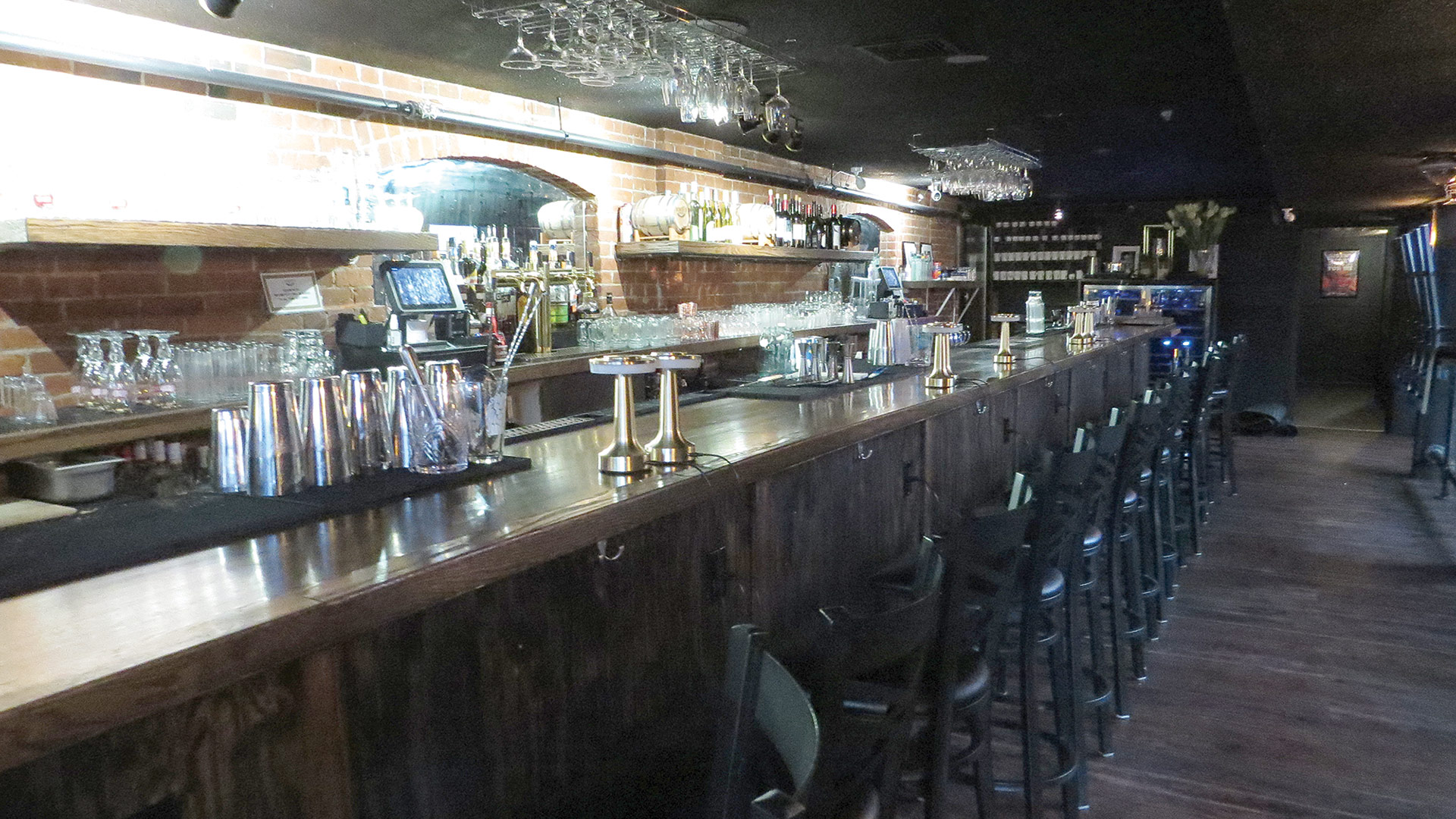
Dewey’s was conceived as a place where food, beverage, and music would come together in a powerful way.
“We’ve seen two dips and two spikes,” he explained, adding that he and Markarian understood the risks of moving ahead with their venture when they eventually did — December of 2020 — but decided these were risks worth taking. “There was really no good time to do it. We took that risk, and, in looking at the cycle of it, understood that we were going to come out of this eventually.”
The goal moving forward is to continue to build on the solid foundation that has been created, he told BusinessWest, while also advancing plans for another new business in the downtown — a sports bar on Dwight Street (more on that later).
For this issue, BusinessWest talked at length with Lumpkin about a host of topics — Dewey’s, the joys (and perils) of entrepreneurship, downtown Springfield and its comeback from COVID, and much more.
Sound Investment
Lumpkin told BusinessWest that the chosen location for Dewey’s came about more or less by accident.
As he tells the story, he was helping his sister prepare for the grand opening of her venture, called Ethnic Study, a co-working space and café in a property on Worthington Street, in late summer of 2020, when she asked him to move some paint and other materials to the other side of the divided first floor.
What he found on the other side was what was left (not much, as he recalled) of the former Fat Cat lounge, which had closed years earlier.
As he looked around, Lumpkin concluded that he had found what he was looking for. Sort of.
“I have always said that music, food, and drinks are the one thing that can really unite anybody and everybody. That was my hypothesis before we opened, and seeing it come to fruition has been quite amazing.”
It wasn’t what he could see that intrigued him — although that, too. But rather, it was what he could imagine. And that was the restaurant, bar, and music venue that he had always dreamed of.
“I said to her ‘give me the landlord’s number,’ because this fit the vision; I saw the mezzanine, I saw the elevated stage … I saw some incredible potential,” he said, adding that he signed a lease late that fall and commenced transforming the location in December.

Since it opened, Dewey’s has attracted entertainers from across the region — and across the country.
There was a good deal of work to be done, including the replacement of the bar and moving it from the center of the first floor to one side, new shelving, a new bar and seating on that mezzanine level, and more, and it was completed over the next six months or so, with Dewey’s opening in June 2021.
Before getting more into this intriguing addition to the downtown Springfield landscape and how it came about, we first need to explain how Lumpkin made his way back to the City of Homes and made his dream reality.
We pick up the story at Emmanuel College in Boston, where Lumpkin was studying business management, with a focus on marketing, and working as a barback at a local restaurant. Later, he worked as a server at Joe’s American Bar & Grill on Newbury Street, and then as a server and bartender at the Envoy Hotel in Boston’s Seaport.
While working these jobs, he developed that Room by Room app mentioned earlier, then segued into real estate, and then into various forms of consulting. The money was good and the work was rewarding in many ways.
“But … I wasn’t passionate about it,” Lumpkin recalled. “And what I realized I was passionate about was people, and music — I’m really passionate about music. I love to eat, and I love a good cocktail.
“And that’s where this business idea began to develop, because I really do enjoy connecting with people,” he went on. “And I’ve been the friend who said, ‘everyone come to my house — I’ll cook, let’s drink, let’s hang out all night.’”
So he set out to create a business where he would be the host and people could eat and drink, and also listen to live music.
As noted earlier, the plans for what would become Dewey’s started jelling months before anyone had ever heard the word COVID, and would certainly be impacted by the pandemic in many respects. But while there have been some ups and downs that have coincided with surges and subsequent drops in cases, the venture has come together as things were originally envisioned.
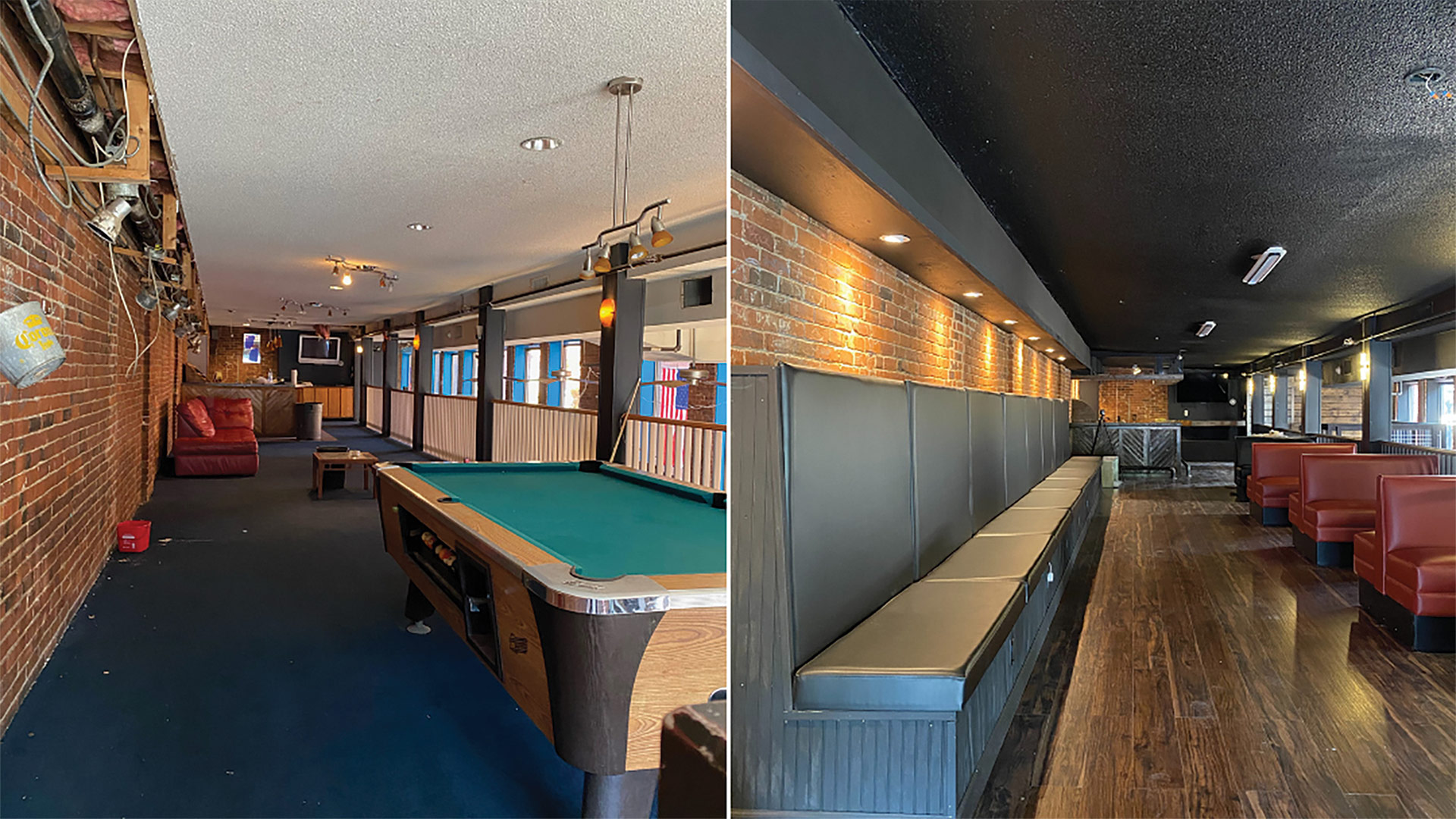
Before and after photographs show the dramatic transformation of the former Fat Cat lounge into Dewey’s.
He acknowledged that being a business owner, especially in the hospitality industry, is difficult, and that’s without a global pandemic being thrown in for good measure. But he enjoys the challenges, and even used the word “fun” when talking about how to plan and execute during COVID.
“We would all prefer boring,” he explained. “But challenges like the ones we’ve seen keep you intrigued, keep you interested, and keep you creative. And if you get to the core of what an entrepreneur is, it’s someone who is creative, who can find new ways to problem-solve, and find ways to increase volume or throw out new dishes or cocktails; it keeps it fresh and it keeps it new.”
Achievements of Note
It helps to have something new, different, and intriguing, and Dewey’s has those ingredients.
Specifically, this is an appealing mix of food, signature drinks, and music, a combination that has had many guests thinking they’re somewhere other than downtown Springfield when they walk in the door, said Lumpkin, adding that this was the idea when he conceptualized Dewey’s.
And, as noted, he emphasizes that it is a restaurant first, with offerings ranging from Cajun shrimp pasta to baked mac & cheese to fried catfish and grits.
But craft cocktails are an important part of the mix — figuratively but also quite literally — as well, he said, adding that Dewey’s is considered the only craft cocktail bar in downtown Springfield.
“All of our syrups, all of our juices — all of the ingredients that go into our drinks — we make in-house,” he explained. “Everything but the spirit is house; we probably squeeze a couple thousand limes a week.”
The signature cocktails vary with the month and the season, he said, adding that current, spring offerings include ‘Georgia on My Mind,’ a mix of whiskey, iced tea, lemonade, and peach syrup; ‘Louis’ Lemonade,’ which features gin, lemon juice, and lavender simple syrup; and ‘Billie’s Holliday,’ featuring vodka, limoncello, and house-made grenadine, topped with prosecco.
As for the music, when asked how and where he finds performers, Lumpkin said that, in many cases, they find him — because they’re looking for intriguing new places to play.
“You’d be surprised by all the talent that’s here in Western Mass. and Connecticut, and Boston as well,” he told BusinessWest. “The most consistent bookings we receive are within a 100-mile radius; however, we’ve had bands come in from New Orleans, Georgia, D.C., Sacramento … we’ve had bands come in from across the country, but the majority are local.”
Dewey’s is currently booked through July, and it boasts live music five nights a week, he said, adding that each night has a different theme, with vocalists or “a vocal-like instrument” on Wednesdays, with a “throw-back R&B” on Thursday. Friday night is more of a “funky, groovy night,” as he put it, with Saturday devoted to straight-up jazz and Sunday and its brunch reserved for classical or a “more groovy type of band.”
It is the combination of all of the above that has enabled Dewey’s to get off to a good start and attract visitors from across this region and well beyond it, said Lumpkin, noting that he carefully tracks such information and notes that through aggressive, targeted marketing and people simply Googling ‘live music,’ or ‘craft cocktails,’ Dewey’s has drawn patrons from Vermont, New York, and many from Connecticut, New Hampshire and the Boston area, in addition to communities across this area.
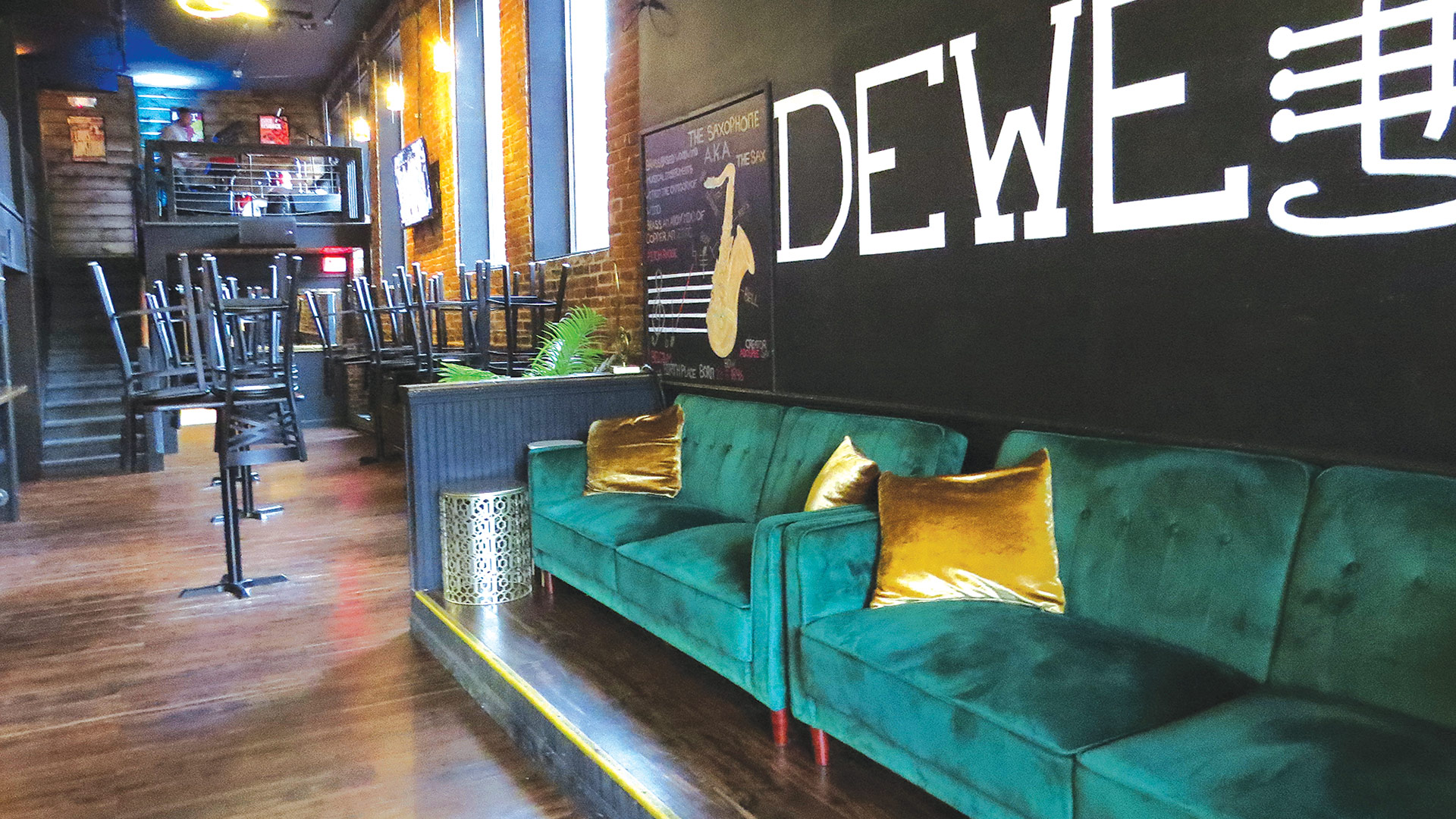
The combination of food, drink, and music has made Dewey’s a destination.
“I have always said that music, food, and drinks are the one thing that can really unite anybody and everybody,” he noted. “That was my hypothesis before we opened, and seeing it come to fruition has been quite amazing.”
Elaborating, he said Dewey’s has been able to attract a clientele that is diverse in every sense of that word, which is unusual in hospitality — and especially in this region.
“We’re in a community where you don’t really see all demographics in one establishment simultaneously,” he explained. “What surprised me … actually, it didn’t surprise me, because I expected it, and what has made me really happy is to see the eclectic group of people that Dewey’s has attracted.
“You see a range of age, gender, nationality, and ethnicity here every single night,” he went on. “People come in and say ‘I don’t think I’m in Springfield; this has a bigger-city vibe, because you’re seeing so much diversity in one room.’”
Moving forward, Lumpkin wants to build on this momentum, obviously, while also embarking on another venture, that sports bar on Dwight Street.
He is targeting a late-summer opening for that facility, and believes there is ample room in the marketplace for such a facility and also ample motivation for him to fill what he sees as an unmet need.
“There’s no sports bar in the area, and any restaurateur understands that sports bars also produce the best margins when it comes to this industry,” he explained, adding that, overall, he is a firm believer in amassing an abundance of hospitality options and, while doing so, creating a true destination in a city or, in this case, a dining district.
“It sounds crazy to say, but there’s almost no such thing as competition in this industry,” he told BusinessWest. “Patrons don’t go to one establishment; they typically at least go to two. They’ll say ‘let’s grab a drink here, a bite here, and dessert here’ or ‘a bite here, a drink there, and let’s get catch a show.’ People get to two or three places a night, and so the pie grows.”
Just Desserts
As he talked with BusinessWest, Lumpkin noted that plans are coming into place for what promises to be an exciting one-year anniversary for Dewey’s.
Indeed, he has a star-studded entertainment lineup coming together, with musicians from New Orleans, Boston, New York, California, and this area as well, signed up to perform.
“It’s going to be quite the party,” he said, adding that there is much to celebrate — with this new venue and what is transpiring along Worthington and elsewhere downtown.
It’s taken a few years, but Lumpkin’s dream has become reality in Springfield. It’s a place where his passions come together under one roof, and where a diverse mix of clients has come together as well.
It hasn’t all gone as planned, but in most all respects, it has gone better than planned.
George O’Brien can be reached at [email protected]



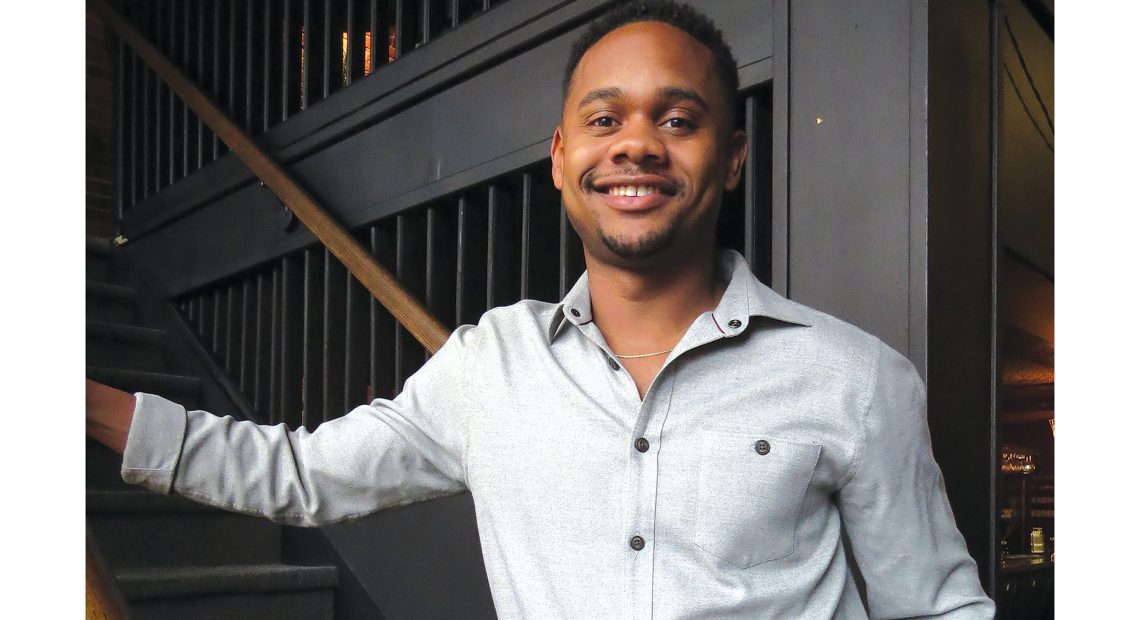







 “If you are a property owner, it is important to understand the tax benefits that come with owning rental properties.”
“If you are a property owner, it is important to understand the tax benefits that come with owning rental properties.”


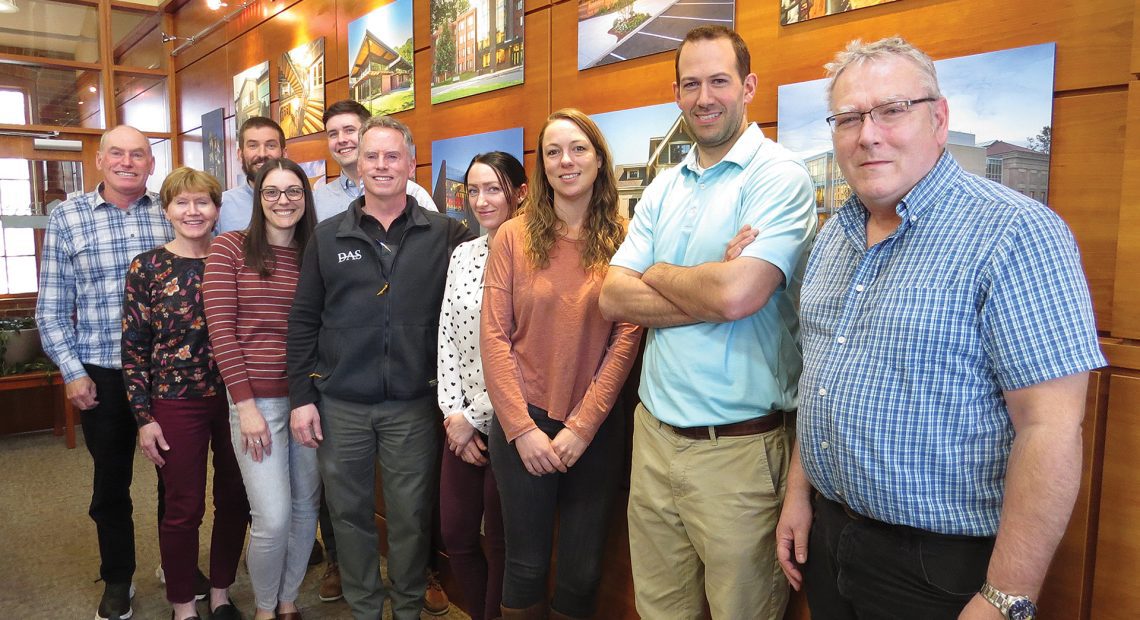

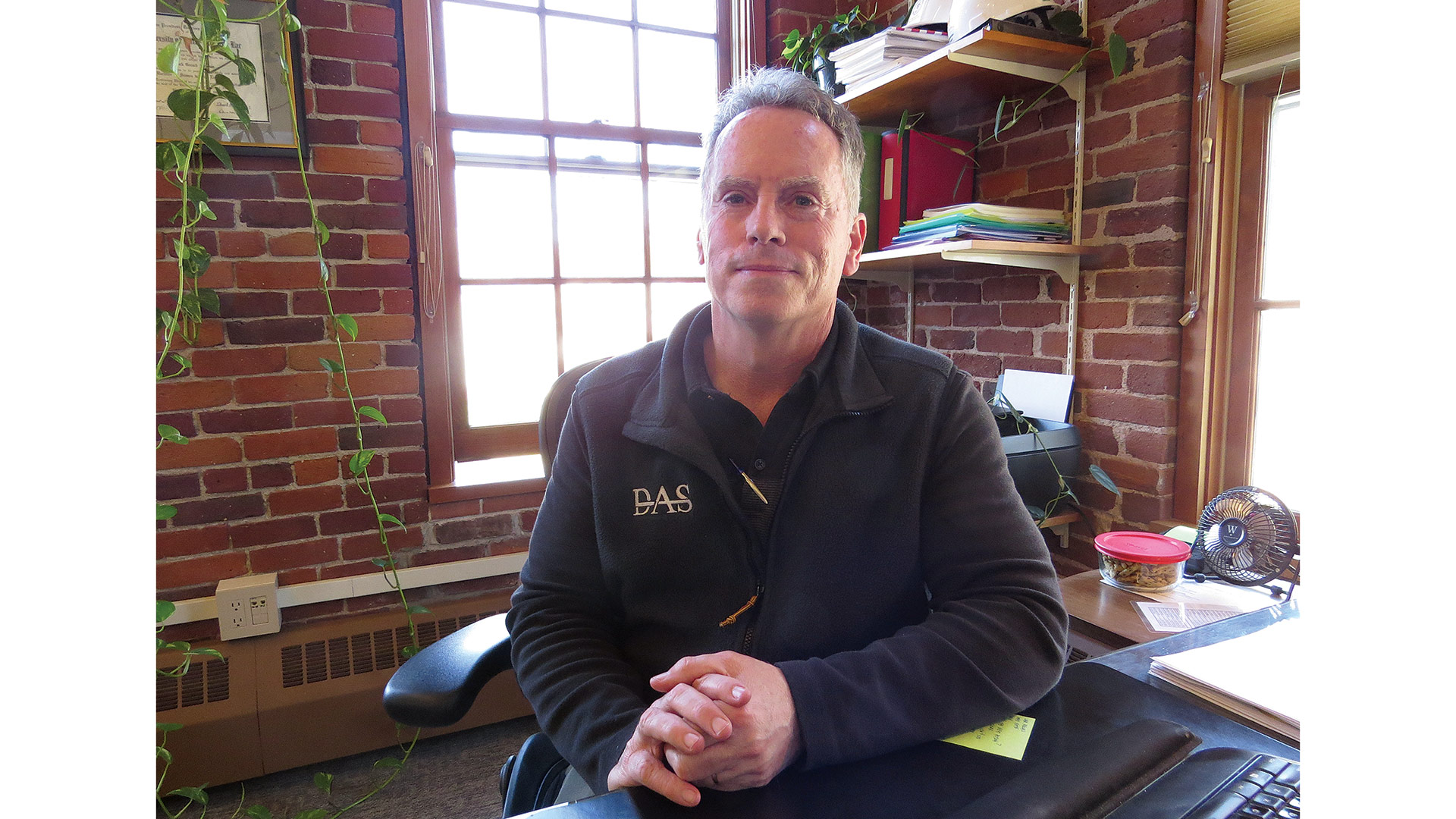
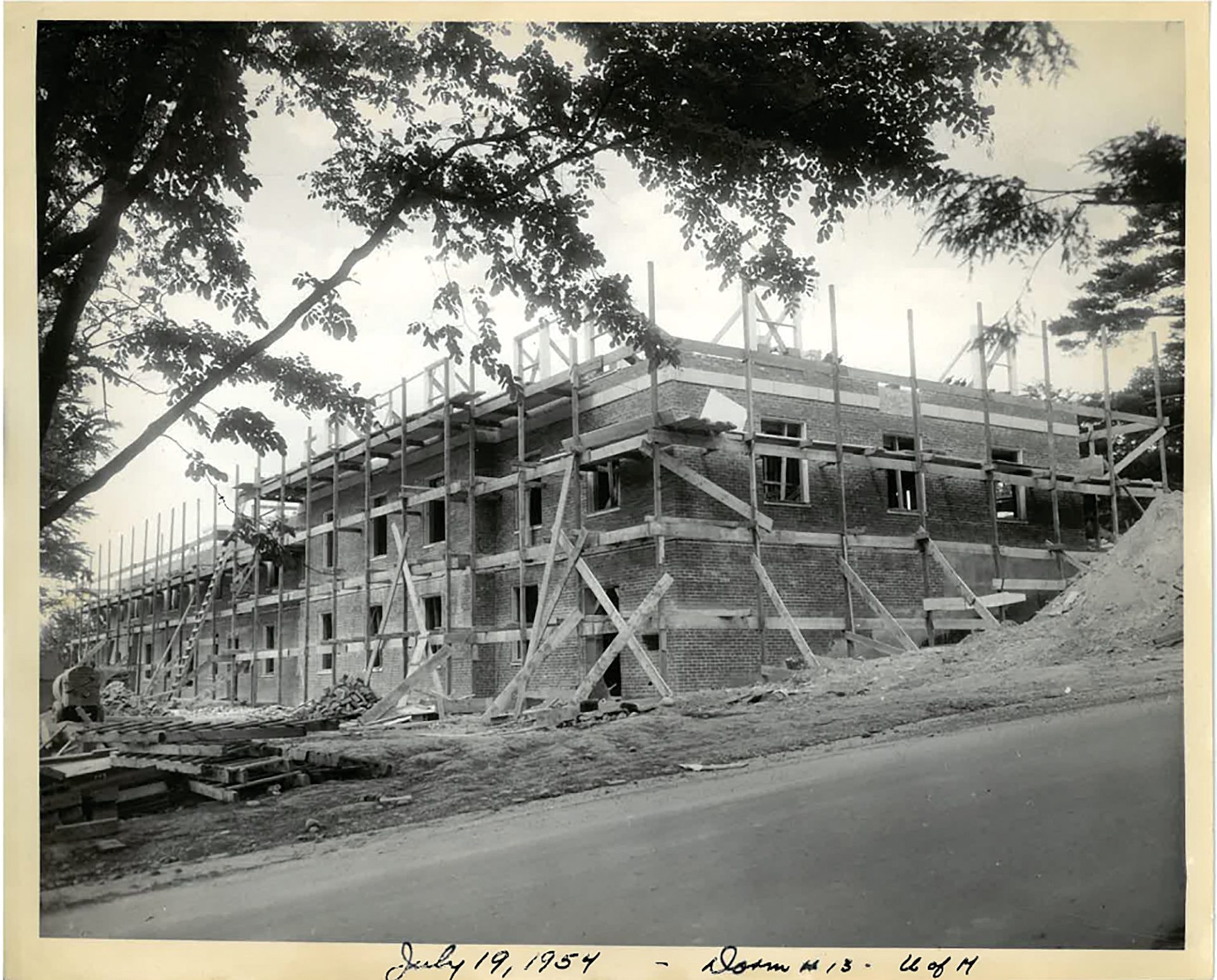
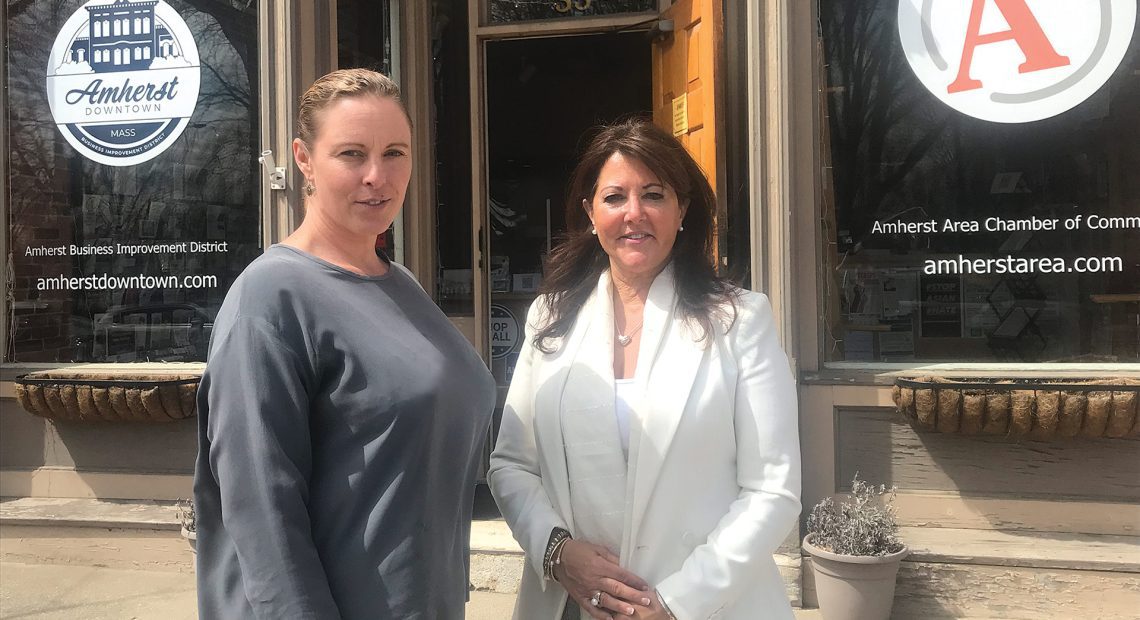
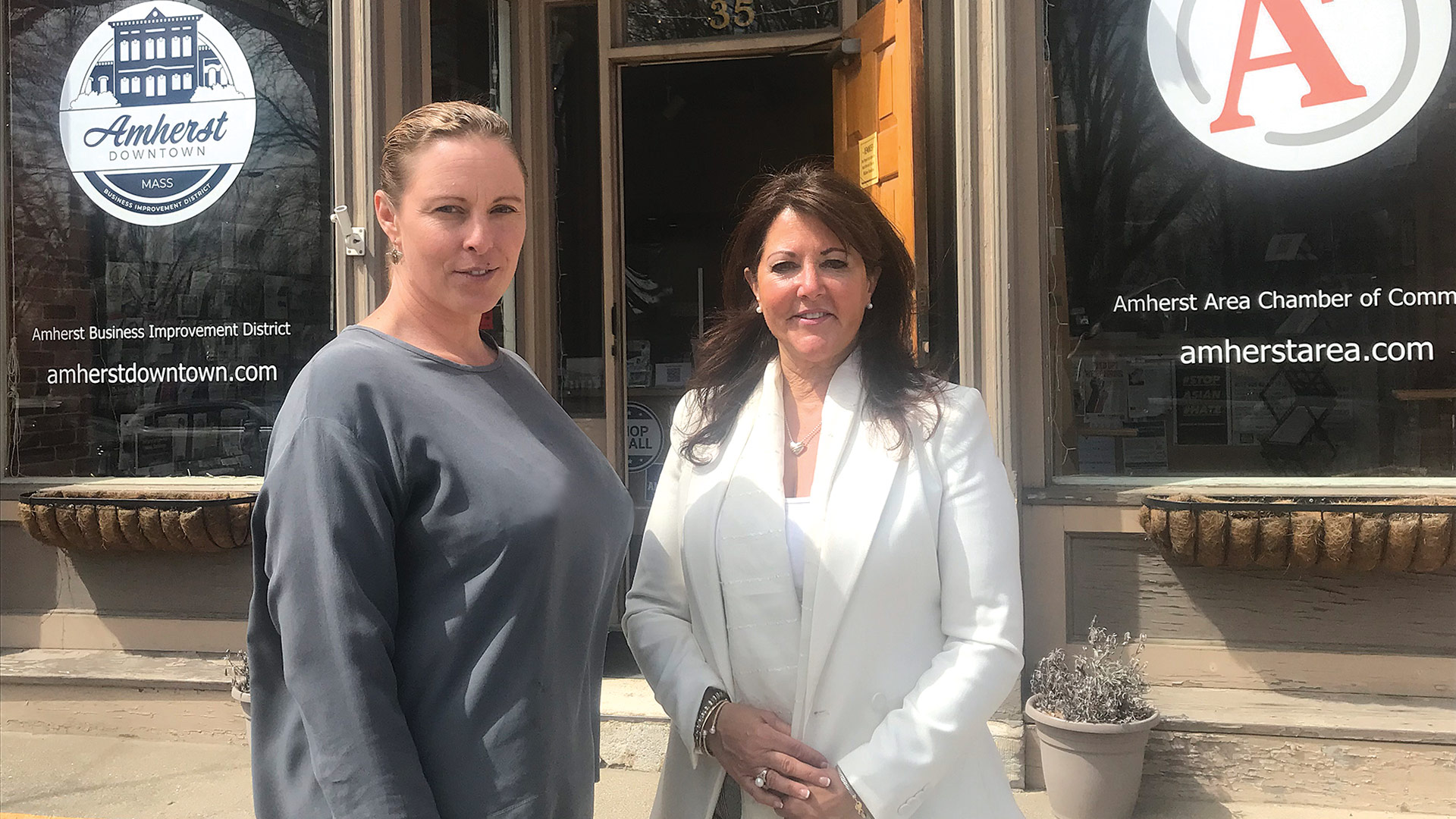





 “Sexual harassment and assault claims in Massachusetts are particularly thorny for employers, as Massachusetts courts have shown a tendency to allow a lowered standard for Plaintiffs to win on sexual harassment or sexual assault complaints.”
“Sexual harassment and assault claims in Massachusetts are particularly thorny for employers, as Massachusetts courts have shown a tendency to allow a lowered standard for Plaintiffs to win on sexual harassment or sexual assault complaints.”